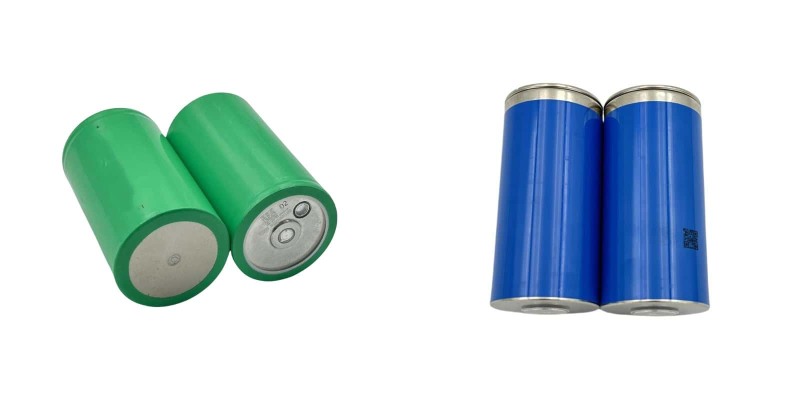
Battery technology has evolved dramatically, revolutionizing how we power devices from smartphones to electric vehicles (EVs). With rapid advancements unfolding, staying informed about the latest innovations is essential. Today, we explore two cutting-edge battery formats: the 4680 and 4695. Understanding these technologies empowers informed decisions—whether you’re an EV enthusiast, tech advocate, or sustainability-minded individual.
Pioneered by Tesla, the 4680 battery marks a major leap in energy storage. Its name reflects its dimensions: 46mm in diameter and 80mm tall. This cylindrical cell delivers enhanced performance through higher energy density, faster charging, and superior thermal management. Positioned as an EV game-changer, it aims to reduce costs and extend driving range.
The 4695 battery (46mm diameter × 95mm height) represents the next evolution. Its slightly larger size targets greater capacity and extended lifespan. Designed for high-demand applications, it promises superior energy storage and efficiency, emerging as a formidable competitor in advanced battery solutions.
Battery tech has progressed from lead-acid to lithium-ion, now advancing to formats like the 4680 and 4695. This evolution responds to growing needs for efficient energy storage in EVs and renewable systems. Tesla's 2020 unveiling of the 4680 was pivotal, while the 4695 signifies the logical next step.
4680: Features a revolutionary tabless design that slashes internal resistance, optimizes energy flow, minimizes heat, and enhances safety.
4695: Retains the cylindrical form but uses advanced materials and scaled-up dimensions to maximize capacity without drastically increasing footprint.
Energy Density: The 4680 leads in energy per unit volume, enabling longer EV ranges and higher power output.
Charging Speed: Both support ultra-fast charging, though the 4680 holds a slight edge due to its thermal efficiency.
Lifespan: The 4695 excels in longevity, making it ideal for applications demanding extended service life.
The 4680's minimized energy loss delivers exceptional efficiency. Conversely, the 4695's larger size supports higher sustained power, suiting intensive applications.
4680: Dominates EVs (e.g., Tesla Model Y, Model S Plaid) with its blend of high energy density and rapid charging.
4695: Suited for energy storage systems, performance EVs, and industrial uses requiring prolonged, high-capacity output.
Manufacturing: Tesla's automated production gives the 4680 a cost advantage through material and process innovations.
Market Price: The 4680 may be more cost-effective; the 4695's premium features could command higher prices in niche markets.
Sustainability: Both batteries promote greener energy by boosting efficiency. The 4680's manufacturing emphasizes reduced waste and energy use.
Recycling: Advanced recycling tech is critical for both to minimize environmental footprint at end-of-life.
4680: Focus areas include boosting energy density and further cost reduction via manufacturing refinements.
4695: Expected gains in materials science could unlock even higher capacities and durability.
Pros & Cons:
- 4680: Ideal for daily EV use (fast charging, high range) but potentially shorter-lived.
- 4695: Excels in capacity/lifespan for demanding uses, though possibly costlier.
User Feedback: 4680 adopters praise its range and charging speed. Early 4695 reviews highlight its robust capacity.
4680: Tesla leads integration, with major investments in production scaling.
4695: Gaining traction in automotive and industrial sectors for high-power applications.
Technical: Both face hurdles in production scaling and performance consistency.
Market: Adoption depends on cost competitiveness, availability, and consumer/industry awareness.
The 4680 and 4695 batteries signify transformative leaps in energy storage. The 4680 shines in energy density and charging speed, while the 4695 leads in capacity and lifespan. As both technologies mature, they will critically enable sustainable energy solutions. Your optimal choice hinges on prioritizing either extended range (4680) or maximum longevity (4695)—each pushing the boundaries of modern power.